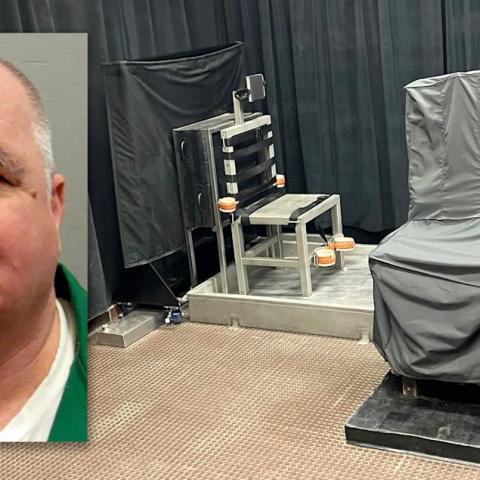Researchers at Michigan State University (MSU) are making strides in understanding the origins of galactic cosmic rays. These high-energy particles, primarily protons, were first discovered over a century ago. Despite decades of study, their exact source remained elusive. Some scientists believe they originate from fierce cosmic events like supernova explosions or black hole jets.
MSU’s Assistant Professor Shuo Zhang and her team have been focusing on cosmic PeVatrons—natural accelerators that can boost particles to extreme energies, much higher than human-made accelerators. Their recent work centers on a mysterious PeVatron candidate, identified using data from the Large High Altitude Air Shower Observatory (LHAASO), which had previously no known association with any astrophysical object.
A breakthrough came when postdoctoral researcher Stephen DiKerby used the XMM-Newton space telescope to identify a pulsar wind nebula linked to the PeVatron candidate 1LHAASO J0343+5254u. A pulsar wind nebula is a cloud of particles energized by a spinning neutron star. This connection marks a rare success in linking high-energy particle sources with known cosmic objects.
“Cosmic rays are more relevant to life on Earth than you might think,” said Zhang. “Around 100 trillion cosmic neutrinos from distant sources like black holes pass through your body every second. Don’t you want to know where they come from?”
Validating the presence of this nebula gives researchers strong evidence that pulsar wind nebulae can operate as PeVatrons. This discovery opens new avenues in tracking cosmic rays back to their energetic origins.
In tandem, a group of MSU undergraduates—Ella Were, Amiri Walker, and Shaan Karim—conducted X-ray surveys of other PeVatron candidates using NASA’s Swift telescope. Even when they found faint signals, they established upper limits for emissions, guiding future studies.
“Identifying cosmic ray sources can help create a comprehensive catalog,” Zhang noted. “This legacy could aid future researchers in studying particle acceleration.”
This research highlights the importance of early-career scientists in advancing astrophysics and could pave the way for systematic sky surveys with multiple observatories.
Looking ahead, the team plans to correlate X-ray and gamma-ray data with neutrino detections from the IceCube Neutrino Observatory in Antarctica. They aim to explore why certain cosmic ray sources produce neutrinos while others don’t. Such work will require collaboration between particle physicists and astronomers, bridging two often separate fields.
“This work will foster cooperation between particle physicists and astronomers,” Zhang said. “It’s a perfect project for MSU’s high-energy physics group.”
By integrating various datasets, they hope to uncover the mechanisms behind neutrino generation. This research could deepen our understanding of galactic evolution and even shed light on the mysteries of dark matter.
The recent studies reflect an exciting phase in astrophysics, illustrating how new discoveries can link the microcosm of particles to the vastness of the universe. As researchers continue to push boundaries, our grasp of cosmic phenomena will only grow richer.
For more details, check out the studies published in The Astrophysical Journal and Research Notes of the AAS.
Source link





















